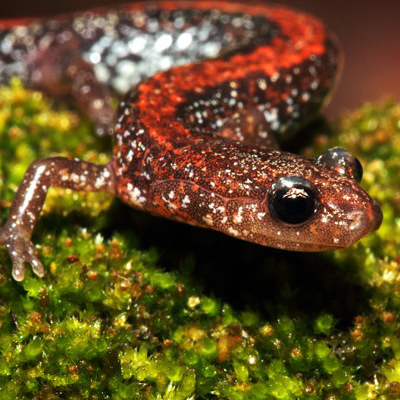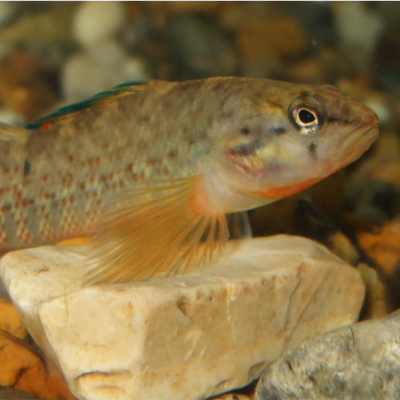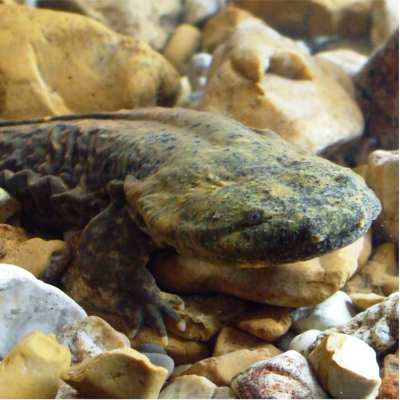Primary Research Interests

|
Aggression and TerritorialityAsymmetries in fighting ability or resource quality can influence the outcome of aggressive contests. For example, we have found that size, sex, experience, territory quality, parasite load, and status as intruder or resident can influence the levels of aggression in contests between terrestrial salamanders. Similar asymmetries also influence mating success of rival males. Much of this information can be assessed by opponents via chemical cues. These studies have focused primarily on salamanders of the family Plethodontidae (the lungless salamanders). |

|
Antipredator Behavior and Alarm PheromonesThe ability to detect and escape from potential predators can be critical for survival. Chemicals released by predators can provide important cues for predator detection; these cues are especially important when predators are cryptic or if visibility is limited (such as in murky water). We have found that predation risk (and parasite loads) can influence a variety of behaviors, including foraging and aggressive contests. One interesting aspect of our research in the chemical ecology of predation is the role of alarm pheromones in predator/prey interactions. In many aquatic species, chemical alarm signals are released from the prey's skin following capture by a predator; these signals alert conspecifics that an active predator is in the area. My work in this area has focused on both fishes (minnows, shiners, stickleback, darters) and amphibians (aquatic and terrestrial salamanders). |

|
Biology of HellbendersHellbenders (Cryptobranchsus alleganiensis) are large aquatic salamanders. Research in my lab has documented that all populations of these salamanders in Missouri are declining. We have also examined sperm health of males, captive rearing of young larvae, response of larvae to native and non-native predators, and predator-recognition learning. Our current work is focusing on reproductive behavior at nests in captivity (large-scale enclosures) and in the wild. |
